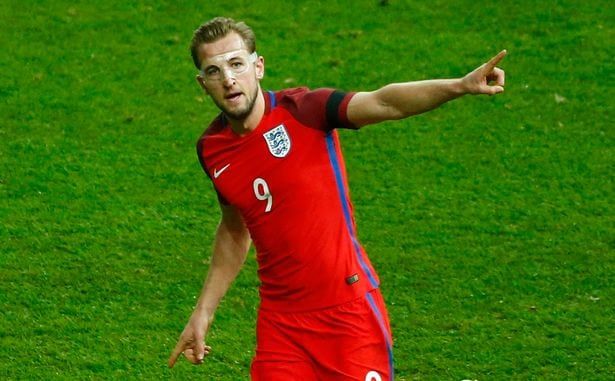
Top footballers were put at risk of head injury during the 2018 World Cup because Fifa failed to follow its own concussion procedures, a study has found.
But serious head injuries were also harder to spot because medics had to distinguish between on-field theatrics and real symptoms.
Researchers found new concussion protocol introduced after the 2014 tournament were largely “ineffective”, with rules ignored in nearly two thirds of cases.
In 20 per cent of potential concussion incidents, fallen players with two symptoms were only assessed by a teammate or not looked at at all.
Co-author Dr Ajay Premkumar, from the New York Hospital for Special Surgery, said: “During the 2018 World Cup, FIFA’s own concussion protocol was not followed in at least 63.3% of head collision events that resulted in two or more signs of concussion, a rate slightly higher than but similar to that of the 2014 World Cup.
“When evaluation did occur, the average length of on-field assessment was less than one minute and not standardised.
“It appears that FIFA’s concussion policy changes did not lead to enhanced concussion management on the field, and its absence has thus rendered these policy changes ineffective.”
He added: “Furthermore, health care personnel cannot reliably distinguish a concussion from gamesmanship without evaluating the player.
“Thus, all players should be evaluated when exhibiting signs of concussion.”
Changes to the protocol for Russia 2018 allowed referees to stop a game for three minutes while players with signs of concussion received treatment from a physiotherapist.
They also allowed a second medic to view replays and assist with decision making.
Players should then only be allowed to continue with permission from their physiotherapist, according to the rules.
Four trained reviewers identified head collisions through review of video footage of all 64 games of the tournament for the study.
A head collision event (HCE) was defined as any event in which a player stopped playing immediately after head contact.
Symptoms of potential concussion were noted for each incident, with two or more signs categorised as potential concussion.
A total of 95 players suffered 115 HCEs across 111 incidents during the tournament.
Some 90 players showed two or more signs of concussion, but only 33 of those were evaluated by a physiotherapist, the research found.
Of the rest, 39 were evaluated by the referee and 18 were checked over by another player or not at all.
Dr Premkumar said: “Concussion assessment and management in international football continues to have significant room for improvement.
“There are a number of interventions that have shown promise in other professional leagues that warrant further examination in international football.
“These include use of standardised assessment tools and allowance for player substitutions during evaluation.”
Symptoms outlined by Fifa included disorientation, clutching of the head, a loss of balance and more than five seconds on the ground after contact.
Others include a blank or vacant look, visible facial injury, loss of consciousness or unresponsiveness, motor incoordination and impact seizure.
Of six players that were substituted after an HCE, three were initially allowed to keep playing after evaluation.
Dr Premkumar said: “A comparison with published data from the 2014 World Cup indicates no statistically significant difference in the proportion of players who did not receive appropriate assessment by health care personnel after showing two or more signs of concussion.”
In 2018, 57 of 90 players (63.3%), didn’t get proper treatment, compared with 38 of 67 (56.7%) in Brazil 2014.
The average evaluation time by a professional in 2018 was 53 seconds, while a referee assessment lasted just 14 seconds on average.
Researchers said limitations to the study included that video replays were “insufficient to diagnose a concussion”.
The study was published in Jama Neurology.
By Lewis Pennock